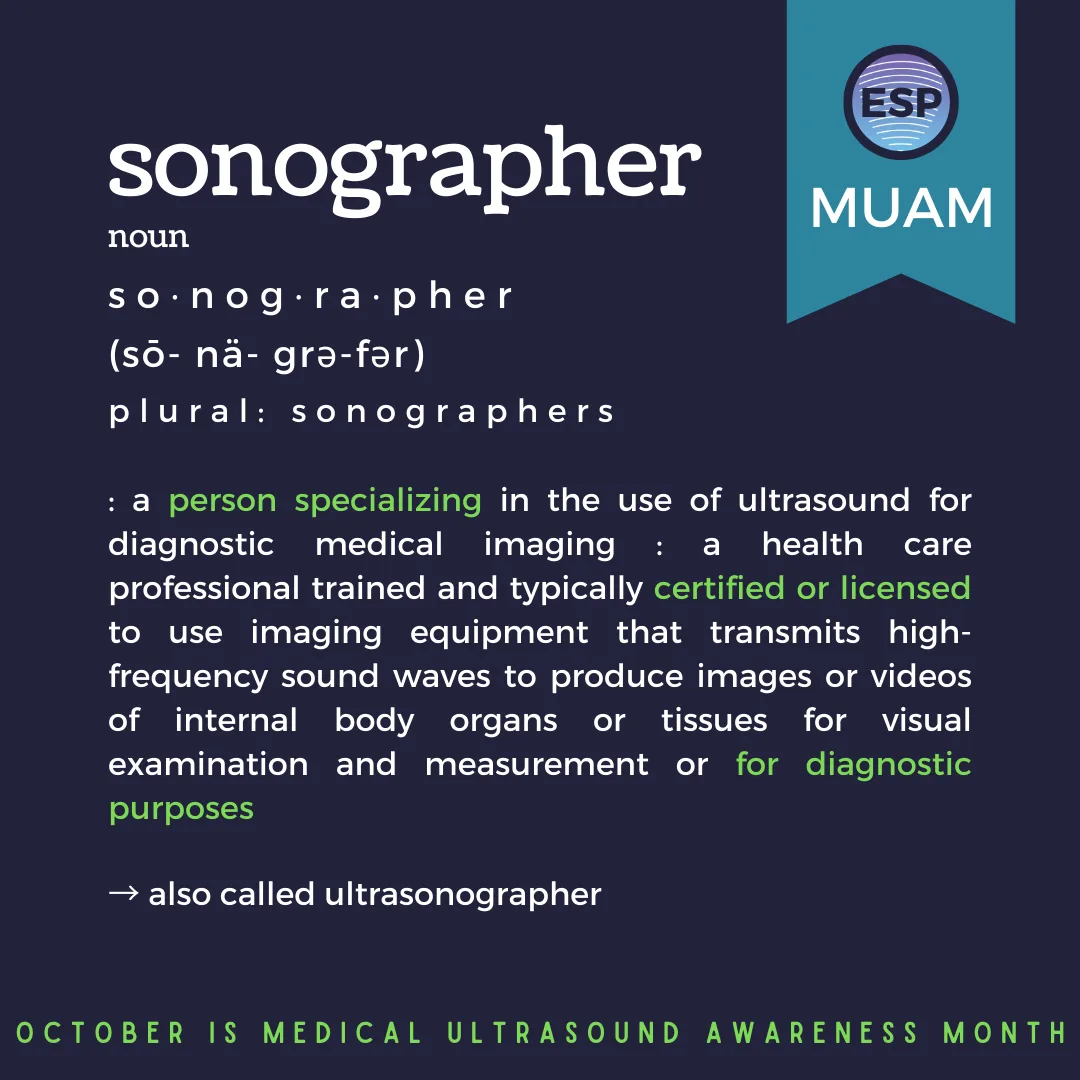October marks Medical Ultrasound Awareness Month (MUAM), a time to recognize one of healthcare’s most versatile diagnostic tools. But more importantly, it’s an opportunity to celebrate the skilled professionals who make it all possible: sonographers.
The Eyes of Medicine
When a physician orders an ultrasound, they’re relying on more than just technology. They’re trusting the expertise of a sonographer to capture the critical images that will guide diagnosis and treatment. Sonographers serve as the physician’s eyes, translating sound waves into detailed visualizations of what’s happening inside the body.
This isn’t just about pressing a transducer against skin and hoping for the best. It requires:
- Advanced anatomical knowledge to identify structures and recognize abnormalities
- Technical expertise to optimize image quality in real-time
- Problem-solving skills to work around challenging body habitus, patient positioning, and artifacts
- Clinical judgment to know when something doesn’t look right
- Compassion and communication to work with patients during vulnerable moments
Every scan is a puzzle that requires intelligence, intuition, and years of training to solve correctly.
The Incredible Versatility of Ultrasound
Part of what makes sonography so demanding is its remarkable range of applications. Sonographers specialize in diverse modalities, each requiring unique expertise:
Obstetric and Gynecologic Sonography involves monitoring fetal development, assessing pregnancy complications, and evaluating reproductive health. These sonographers provide expectant parents with their first glimpses of their babies while carefully screening for potential concerns.
Abdominal Sonography focuses on organs like the liver, kidneys, gallbladder, pancreas, and spleen. These specialists detect everything from gallstones and kidney stones to masses and organ abnormalities that guide critical treatment decisions.
Breast Sonography plays a vital role in breast cancer detection and diagnosis. Breast sonographers work alongside radiologists to evaluate suspicious findings, guide biopsies, and provide crucial information for treatment planning. Their skill can literally be the difference between early detection and a missed diagnosis.
Vascular Sonography assesses blood flow through arteries and veins, detecting dangerous conditions like blood clots, aneurysms, and blockages. These studies require precise technical skills and deep understanding of hemodynamics.
Cardiac Sonography (Echocardiography) evaluates heart structure and function, providing critical information for patients with heart disease, valve problems, and other cardiac conditions. Truly a medical miracle to be able to watch the heart in real-time, take measurements and know what it all means.
Musculoskeletal (MSK) Sonography is one of the fastest-growing specialties, evaluating tendons, ligaments, muscles, and joints. MSK sonographers help diagnose sports injuries, arthritis, tendonitis, and other conditions, often guiding injections and other interventional procedures with real-time imaging.
Pediatric Sonography requires special training to work with infants and children, from screening newborn hips and heads to evaluating abdominal pain in adolescents. These sonographers must be technically excellent while keeping young patients calm and comfortable.
This breadth of application means sonographers must master multiple specialties, stay current with evolving technology, and adapt to countless clinical scenarios. It’s intellectually demanding work that saves lives every single day.
The Rigorous Path to Becoming a Sonographer
The expertise sonographers bring to each scan doesn’t happen by accident. It’s the result of rigorous education and certification that rivals many other healthcare professions.
Most sonographers complete accredited programs that include extensive coursework in anatomy, physiology, physics, patient care, and specialized scanning protocols. But education is just the beginning. To practice professionally, sonographers must pass national board examinations that test both their theoretical knowledge and practical scanning skills.
These credentialing exams, administered by organizations like the American Registry for Diagnostic Medical Sonography (ARDMS), are notoriously challenging. Many sonographers spend months preparing, studying complex anatomy, physics principles, pathology, and specialty-specific protocols. Passing requires not just memorization but true mastery of the material. For those preparing for their boards, comprehensive registry review courses can provide the structured preparation needed to succeed.
And the learning doesn’t stop after certification. Sonographers must maintain their credentials through continuing education, staying current with new techniques, emerging research, and evolving technology throughout their entire careers.
This level of dedication to education and professional development underscores what many people don’t realize: sonographers are highly trained medical professionals whose expertise is earned through years of intensive study and practice.
The Hidden Cost: Work-Related Injuries
Despite their critical role in healthcare, sonographers face a serious occupational hazard that often goes unrecognized: work-related musculoskeletal disorders (WRMSDs).
The statistics are sobering. Studies have shown that the vast majority (85%) of sonographers experience work-related pain during their careers, with many suffering chronic injuries to their shoulders, necks, wrists, and backs. The repetitive motions, awkward positioning, sustained pressure, and physical demands of scanning can lead to injuries that force talented professionals out of the field entirely.
These injuries aren’t just about discomfort. They represent:
- Career-ending conditions for experienced professionals
- Chronic pain that affects quality of life
- A shortage of skilled sonographers as practitioners leave the field
- Reduced access to diagnostic imaging for patients
The profession desperately needs better ergonomic equipment, adequate staffing levels, reasonable scan quotas, and workplace cultures that prioritize sonographer health and sustainability.
Why Sonographers Deserve Recognition
During Medical Ultrasound Awareness Month, we need to do more than celebrate the technology. We need to recognize the highly skilled professionals who dedicate themselves to this demanding work:
They arrive early and stay late to accommodate patient schedules. They work through physical pain to ensure patients get the care they need. They maintain composure when delivering scans during emotionally charged moments. They continue learning throughout their careers to keep pace with advancing technology.
They are dedicated healthcare professionals who rarely receive the recognition they deserve.
Moving Forward
As we celebrate MUAM, let’s commit to supporting sonographers in meaningful ways:
- Healthcare facilities: Invest in ergonomic equipment, enforce reasonable workloads, and create cultures that prioritize sonographer wellbeing
- Patients: Show appreciation for the skilled professionals caring for you
- Future sonographers: Enter this field with your eyes open to both its rewards and challenges
- Current sonographers: Advocate for yourselves, practice self-care, and know that your work matters profoundly
Sonographers are brilliant, dedicated professionals whose expertise enables modern medicine to see what was once invisible. This Medical Ultrasound Awareness Month, let’s make sure they know how much they’re valued—and commit to making this essential profession sustainable for generations to come.


